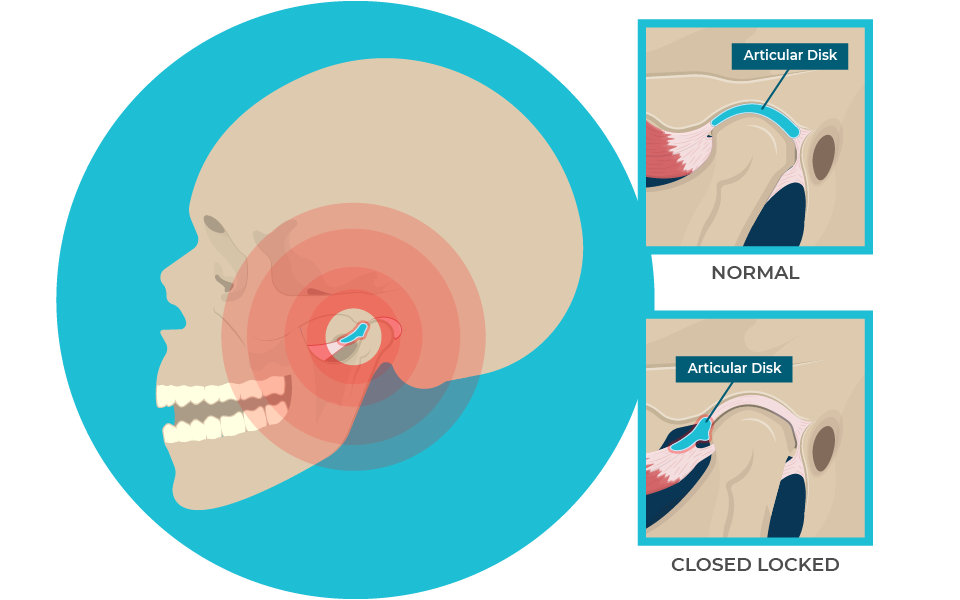Experiencing difficulty opening or closing your mouth can be alarming, and in many cases, it is associated with a Locked Jaw. This condition can interfere with daily activities such as eating, speaking, and even yawning. Understanding the common causes and safe management strategies is essential for preventing long-term complications.
Professional assessment is crucial, as dental and jaw specialists can accurately diagnose the underlying issues and provide targeted treatment. Proper care ensures that the condition does not worsen and helps restore jaw function effectively.
1. Temporomandibular Joint (TMJ) Disorders
TMJ disorders are a primary cause of jaw locking. These disorders may arise from arthritis, injury, or misalignment of the jaw. Management includes jaw exercises, physical therapy, and, in some cases, dental interventions to improve joint mobility and reduce pain.
2. Teeth Grinding and Clenching
Bruxism, or habitual teeth grinding, often occurs during sleep and places excessive stress on the jaw muscles and joints. Using a custom night guard, practicing stress-reducing techniques, and avoiding hard or chewy foods can help manage symptoms safely.
3. Trauma or Injury
A direct injury to the jaw, such as a fracture or dislocation, can result in temporary or persistent locking. Seeking immediate medical attention is vital to realign the jaw safely and prevent further complications.
4. Inflammation or Infection
Infections of the teeth, gums, or jaw joint can cause swelling that restricts movement. Proper dental hygiene, antibiotics prescribed by a professional, and prompt treatment of infections are essential to restore normal jaw function.
5. Arthritis
Both osteoarthritis and rheumatoid arthritis can affect the temporomandibular joint, leading to stiffness and limited movement. Managing arthritis with medication, lifestyle changes, and specialized dental care can alleviate symptoms and prevent jaw locking.
6. Stress and Muscle Tension
High stress levels often lead to tightness in the jaw muscles, contributing to locking episodes. Incorporating relaxation techniques such as meditation, massage, and gentle stretching exercises can help relieve tension and improve jaw mobility.
7. Structural or Congenital Abnormalities
Some individuals may have jaw or dental structural differences that increase the risk of locking. Professional evaluation and corrective treatments, including orthodontics or minor surgical interventions, can provide long-term solutions and enhance overall jaw function.
Conclusion
A locked jaw can be disruptive, but understanding the causes and managing them safely helps maintain oral health and daily comfort. From TMJ disorders to muscle tension, each factor requires specific strategies to reduce the risk of recurrence. Consulting a professional for Locked Jaw treatment ensures proper diagnosis and targeted care, helping restore normal function and prevent further complications.
